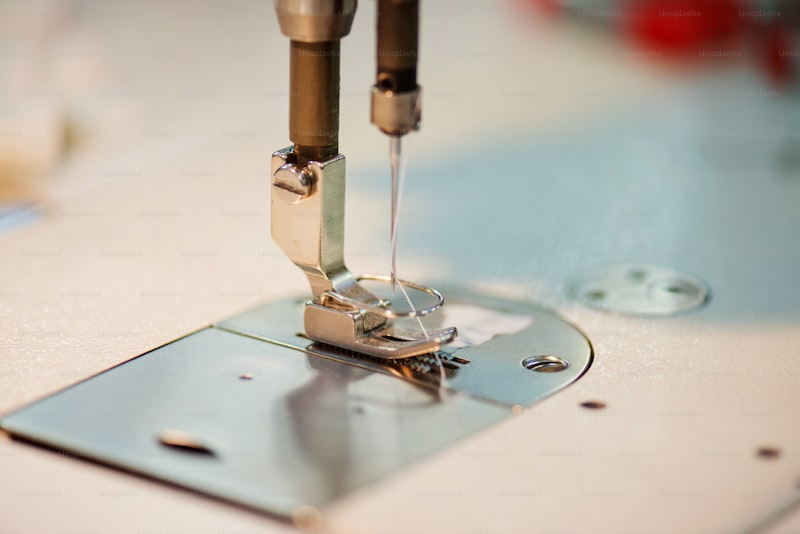Understanding the Tailoring Process: A Comprehensive Guide
When it comes to achieving the perfect fit and style, understanding the tailoring process is essential. Tailoring is not merely about making adjustments to existing garments; it is a blend of art, science, and practical skills that transform fabrics into fitted pieces that flatter the wearer’s body. In this article, we will delve deep into the intricacies of the tailoring process, breaking down each step while also addressing common queries related to this craftsmanship.
The Importance of Tailoring
Tailoring is a skill that can elevate your wardrobe significantly. Here are some key reasons why understanding the tailoring process is crucial:
- Perfect Fit: Off-the-rack clothing often fails to provide the perfect fit for most individuals. Tailoring allows garments to be customized to your specific body measurements.
- Style Enhancement: Tailored garments can enhance your overall style and give you a polished look.
- Fabric Longevity: Proper tailoring can extend the lifespan of your clothing, making it a more sustainable choice in fashion.
- Confidence Boost: Wearing well-fitted clothes can significantly boost your confidence.
Step-by-Step Tailoring Process
The tailoring process typically involves several crucial steps. Here’s a detailed breakdown:
| Step | Description |
| 1. Consultation | The process begins with a consultation, where the tailor discusses your needs, preferences, and budget. This step is vital for successful tailoring. |
| 2. Measurements | Accurate measurements are taken to ensure the garment fits you perfectly. This includes not just the waist and chest, but also sleeves, inseam, and shoulder width. |
| 3. Fabric Selection | Choosing the right fabric is essential. Different fabrics offer varying levels of comfort, durability, and style. Your tailor can guide you in making the best choice. |
| 4. Initial Fitting | Once the fabric is chosen, the tailor creates a muslin or a sample garment for the first fitting. This allows for adjustments before the final garment is made. |
| 5. Adjustments | During the initial fitting, adjustments are noted and made to ensure that the garment contours to your body shape perfectly. |
| 6. Final Sewing | After all adjustments have been made, the final sewing process takes place. The garment is then lined and finished to ensure durability and style. |
| 7. Final Fitting | The last fitting allows for any last-minute tweaks and ensures that the garment meets your expectations. |
Common Questions About the Tailoring Process
Understanding the tailoring process can also lead to additional questions. Here are some common inquiries:
- How long does tailoring take? Tailoring times can vary significantly depending on the complexity of the garment and the tailor's workload. Generally, you can expect the process to take a few days to a few weeks.
- What types of garments can be tailored? Almost any type of clothing can be tailored, including suits, dresses, trousers, and even casual wear.
- Is tailoring expensive? The cost of tailoring varies based on the garment and the specific alterations needed. However, many find it to be a valuable investment.
- Can I tailor already altered garments? Yes, many garments can be adjusted repeatedly, as long as there is enough fabric available to do so.
Choosing the Right Tailor
Finding a skilled tailor is crucial to achieving the best results. Here are some tips on how to choose the right tailor for your needs:
- Look for Recommendations: Ask friends, family, or colleagues who have experience with tailoring to recommend a reliable tailor.
- Check Online Reviews: Read reviews and testimonials online to gauge the quality of work provided by local tailors.
- Visit in Person: A visit to the tailor’s shop can help you assess their work environment and professionalism.
Conclusion
Understanding the tailoring process equips you with knowledge that enhances your overall dressing experience. From ensuring a perfect fit to extending the life of your clothes, tailoring is an investment in yourself and your wardrobe. As you explore the world of custom tailoring, remember the significance of each step—from consultation to final fitting. By choosing the right tailor and being clear about your preferences, you can look forward to wearing clothing that not only fits well but also boosts your confidence.
Always consider discussing your budget and style preferences upfront with your tailor, ensuring clear communication throughout the entire process. Being well-informed can make a significant difference in achieving the tailored look you desire.
